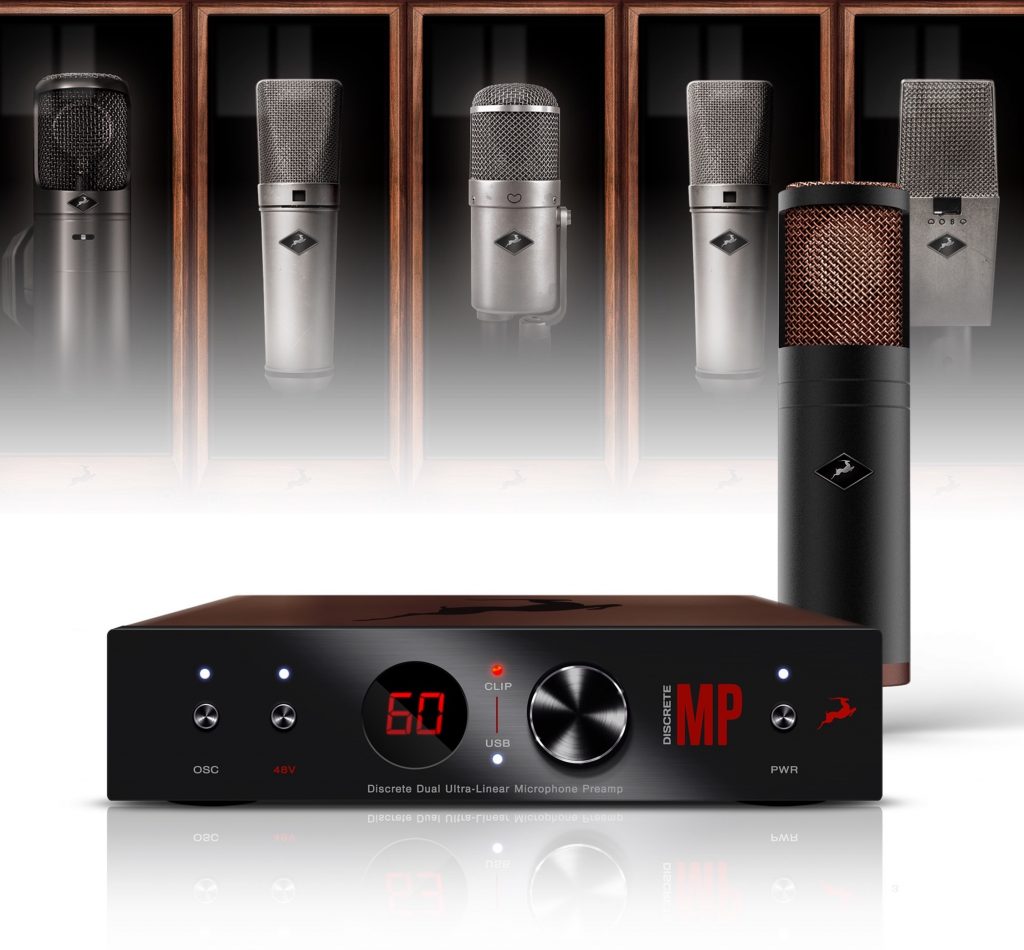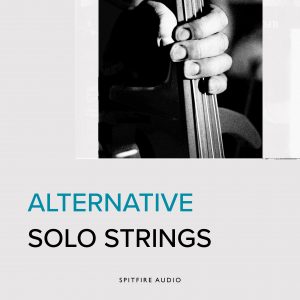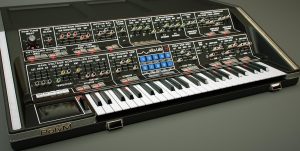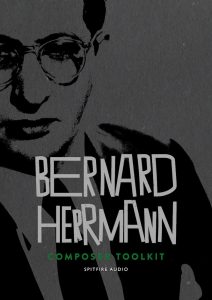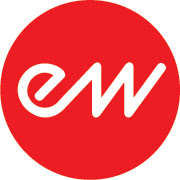
39 high-end mixing and mastering processors and over 350 gear models for guitar and bass

Total Studio 2 MAX comprises 94 award-winning products, 16,800 sounds, 39 high-end mixing and mastering processors and over 350 of the most sought-after gear models for guitar and bass, which is more than any other collection on the market, and offers a virtual one-stop-workshop that covers any music production needs from A to Z. The entire range of products from SampleTank MAX, Miroslav Philharmonik 2, Syntronik, MODO BASS, T-RackS 5 MAX, Lurssen Mastering Console, AmpliTube MAX, Fender Collection 2, Ampeg SVX 2 and Fulltone Collection have been compiled together for the widest and most balanced collection of virtual instruments, mix and master processors, amps and effects available. Furthermore, it represents unbeatable value, saving up to 90 percent off the individual purchase price of the included products.Cinematic & orchestral, acoustic & electronic
Total Studio 2 MAX contains 43 virtual instruments, almost 17,000 sounds and 179 GB of samples amongst which there are 7,000 acoustic instrument sounds to suit any musical style or genre as well as a stunning 3,000 orchestral sounds with articulation switching for incredible expressiveness. These put the sounds from the uniquely musical Miroslav Philharmonik 2 at composers’ fingertips and give the tools for the perfect score. Miroslav Philharmonik’s soul was first masterfully captured by the legendary Miroslav Vitous at the prestigious CNSO Studios in Prague, where the soundtracks for The Hateful Eight, The Young Pope, The Illusionist and many other blockbusters have been recorded.
To guarantee the ultimate ease of use, all sample-based sounds can be accessed, browsed and combined within the single SampleTank interface which allows for the creation of quick and easy multitimbral productions from Rock, Pop, Hip-Hop, EDM, Trap, Jazz, House and more, there is no limit to the style. The industry-standard SampleTank MAX, IK’s complete sound and groove workstation, itself comprises 24 libraries, 4,600 instruments, 7,400 drums and loops and 3,500 MIDI patterns. These sounds are far from ordinary: they have been carefully assembled and recorded by IK’s experienced recording engineers with high-quality instruments played by professional musicians in some of the world’s finest studios. Most importantly, SampleTank 3’s powerful editing and effects features make it possible to control every aspect of these sounds, which allows for an unparalleled creative sonic experience and satisfies the needs of even the most demanding music producers.
Physically modeled
Furthermore, Total Studio 2 MAX adds the break-through physically modeled iconic instruments from MODO BASS into the bundle, incorporating the widest assortment of electric bass sounds for unmatched expressiveness. MODO BASS utilizes a completely new technology where sound is generated by recreating the physical properties of a real bass, no samples are used, and it recreates virtually every electric bass sound imaginable delivering an unprecedented realistic performance for any bass track.
Legendary synthesizers
In addition, Total Studio 2 MAX comprises over 4,000 electronic instrument sounds including hybrid sample and modeling synths. From the undeniably authentic sound of legendary synthesizers and string machines to the driving power of world-class effects, IK’s Syntronik offers the definitive and best-sounding collection of vintage synthesizers in a virtual instrument. It includes 17 amazing instruments with over 2,000 preset sounds covering a wide selection from 38 of the most iconic to ultra-rare and painstakingly multi-sampled vintage synthesizers. Syntronik’s synthesis engine goes well beyond traditional sampling thanks to a brand new analog modeled filter section created with the utmost expertise from IK. All of this coupled with exclusive DRIFT™ technology to accurately reproduce the behavior of oscillators from real hardware synths makes it the ultimate source of inspiration with the widest palette of synthesizer sounds ranging from exact reproductions of the originals to sounds never heard before that will stand out from the crowd in productions covering any genre and style.
First-class mix and mastering effects
39 individual, high-end mixing and mastering processors from the industry-leading T-RackS 5 MAX workstation and the acclaimed Lurssen Mastering Console are available as single plug-ins or within a single mix and mastering chain, supporting up to 192kHz sample rate. T-Racks 5 MAX is the most powerful mix and master modular system on the market and includes all the necessary tools from EQs & channel strips, dynamics, reverb & effects, harmonics processors to special processors/metering. Lurssen Mastering Console, the official emulation of the multi-GRAMMY® award-winning Lurssen Mastering, Inc. mastering console even further enhances the mastering power packed into Total Studio 2 MAX. Also included is a unique album assembly feature with sequencing and metadata embedding. It’s fast and intuitive and enables the assembly of full-length productions directly within the T-RackS interface.
Sought-after guitar and bass amps & FX
Total Studio 2 MAX offers the largest and most authentic collection of guitar and bass gear available with over 350 coveted circuit-modeled amps, cabinets, mics, stomp effects and rack effects. They include official models of iconic world-class brands such as Fender®, MESA/Boogie®, Ampeg®, Orange®, Fulltone®, Soldano®, ENGL® and more, and span the range from the essential bread and butter models to the most sought-after rarities which most could otherwise just aspire to own.
State-of-the-art technologies coupled with musicality
Everything in Total Studio 2 MAX utilizes the most sophisticated industry standard and IK’s proprietary technologies to always ensure the highest sound quality and musicality, true to IK Multimedia’s mission to putting musicians’ needs first. All products can be easily used both as standalone applications and plug-ins for AU, AAX and VST.
Total Studio 2 DELUXE
The entry-level version, Total Studio 2 DELUXE, with over 9,700 sounds, 12 powerful virtual instruments, 22 mixing and mastering processors and over 140 guitar amps and FX, is aimed at musicians, composers and producers who need a comprehensive collection of creative and specialized tools for their studio, striking the right balance between features, flexibility, variety and power, all at an incredibly affordable price. Total Studio 2 DELUXE comprises 35 products including AmpliTube 4 Deluxe, T-RackS 5 Deluxe, SampleTank 3, Miroslav Philharmonik 2 and more.
Pricing and availability
Total Studio 2 MAX is available in the following versions:
- Full version for new users priced at $/€999.99*
- Upgrade version priced at $/€249.99 for current Total Studio MAX owners
- Maxgrade priced at $/€499.99 for owners of AmpliTube MAX, SampleTank MAX, T-RackS MAX and Miroslav Philharmonik 2
- Crossgrade priced at $/€699.99 for all IK users with a registered purchase of $/€99.99 and up
Total Studio 2 DELUXE is available in the following versions:
- Full version for new users priced at $/€499.99
- Crossgrade priced at $/€399.99 for all IK users with a registered purchase of $/€99.99 and up
Special introductory price
All of the Total Studio 2 Upgrade, Maxgrade and Crossgrade titles are offered at a special introductory price of 20% off from March 15 until April 30, 2018.
- Total Studio 2 MAX Upgrade at the 20% off introductory price: $/€199.99
- Total Studio 2 MAX Maxgrade at the 20% off introductory price: $/€399.99
- Total Studio 2 MAX Crossgrade at the 20% off introductory price: $/€559.99
- Total Studio 2 DELUXE Crossgrade at the 20% off introductory price: $/€319.99
Total Studio 2 MAX and Total Studio 2 DELUXE are immediately available for download from the IK Multimedia online store and from select retailers worldwide. The boxed versions with a USB flash drive are open for pre-orders at the same corresponding prices** and will commence shipping in April.
* All prices excluding taxes
** Shipping charges apply
For a video of Total Studio 2 MAX, please visit: www.ikmultimedia.com/ts2max/video


